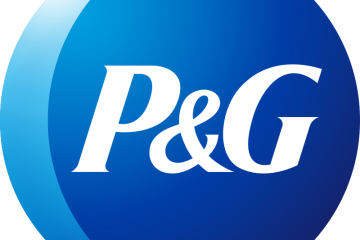Real vs. Fake: Navigating the Differences in Today’s Market

Introduction
The distinction between real and fake products has become increasingly significant in today’s consumer market. With the rise of e-commerce and global trade, counterfeit goods have flooded the market, affecting everything from electronics to luxury brands. Understanding the implications of real vs. fake products is crucial for consumers who want to make informed purchasing decisions and for businesses aiming to protect their brand integrity.
The Scope of the Problem
According to the OECD, around 3.3% of global trade is made up of counterfeit and pirated goods, which is valued at about $509 billion annually. This issue has profound implications for businesses and consumers alike. Counterfeit products can lead to financial losses for companies and can pose safety risks for consumers, especially in sectors like electronics, automotive parts, and pharmaceuticals.
Consumer Impact
Consumers today are becoming increasingly aware of the potential pitfalls associated with counterfeit products. Purchasing fake items often leads to dissatisfaction due to inferior quality and poor performance. A recent survey found that 70% of consumers express a preference for buying authentic brands, understanding that quality and reliability often come from recognized manufacturers. Notably, consumers face rising ethical dilemmas as well, as many counterfeit products are associated with exploitative labor practices.
Business Responses
In response to the growing threat of counterfeit goods, many businesses are implementing more stringent measures to protect their brands. Companies are investing in advanced technologies such as blockchain and RFID tagging to authenticate their products. These technologies not only enhance traceability but also provide consumers with the assurance that they are buying genuine items. Furthermore, the collaboration between businesses and law enforcement agencies has led to increased raids and seizures of counterfeit goods, positively impacting market fairness.
Conclusion
The debate of real vs. fake is not just a financial issue; it also touches upon ethics, safety, and consumer rights. As awareness of the risks associated with counterfeit goods grows, consumers must remain vigilant and informed. By choosing to purchase genuine products, individuals not only safeguard their interests but also support ethical practices within the marketplace. As we move forward, the significance of distinguishing between real and fake will only continue to grow, highlighting the importance of authenticity in a globalized economy.








